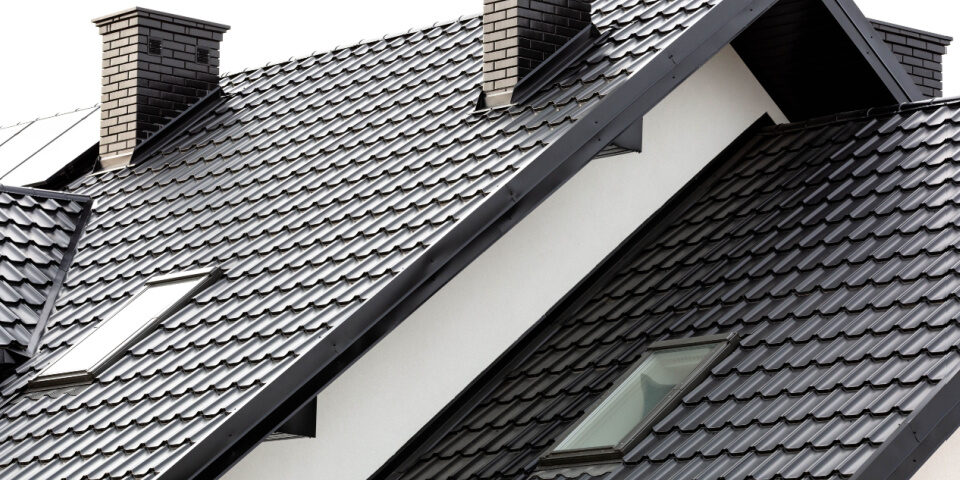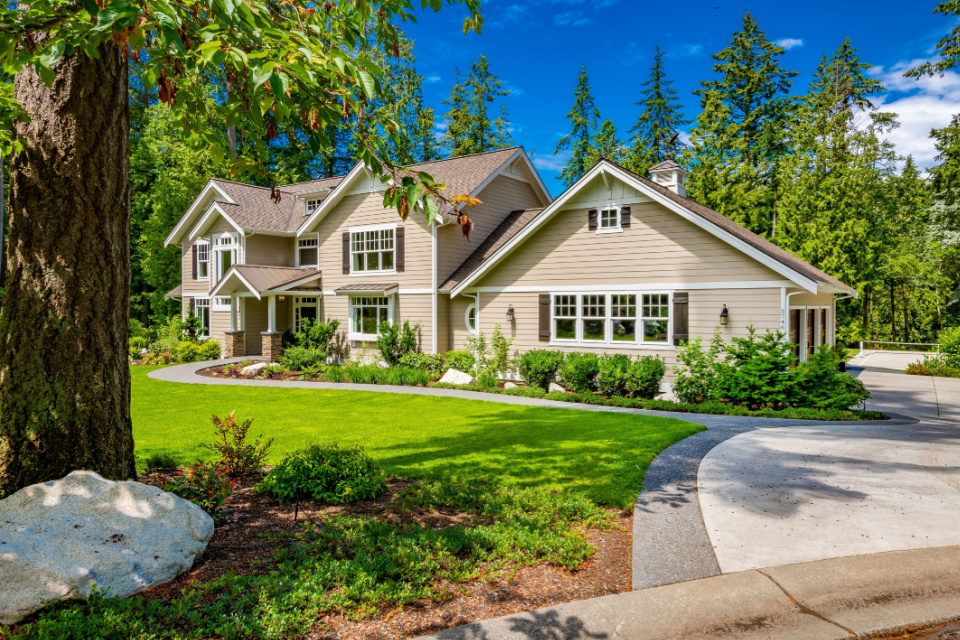
Australian Landscape Challenges in Home Construction
07/25/2023
Proper use of safety equipment in the home
08/23/2023Roof maintenance is a crucial aspect of ensuring the longevity and structural integrity of a home in Australia. The roof serves as the primary defense against the elements, and proper upkeep can prevent water leaks, deterioration, and other potential issues.
Flat or low-sloped roofs, common in many residential and commercial buildings, are more susceptible to water pooling compared to steep-sloped roofs. Water pooling occurs when rainwater accumulates in depressions or low areas of the roof instead of draining properly. Pooled water can seep into cracks, gaps, or joints in the roofing materials, resulting in water infiltration. Over time, this can lead to leaks and compromise the interior of the building. The weight of pooled water can strain the roof’s structure. Over time, this additional weight can weaken the roof’s integrity and potentially cause structural damage. Pooled water can accelerate the deterioration of roofing materials, especially if they are not designed to withstand prolonged exposure to moisture. This can lead to premature wear and the need for costly repairs or replacements. To address these potential issues, regular roof inspections and prompt water removal after heavy rainfall are essential. Look for depressions, areas where water accumulates, or signs of moisture. Ensure that your roof’s drainage systems, such as gutters, downspouts, and scuppers, are clean and free from debris. Proper drainage will help channel rainwater away from the roof effectively.
Regularly inspect the roof’s surface for signs of damage, such as cracked or missing tiles, shingles, or roofing materials. That is allow you to identify damage early on, before it escalates into more significant issues. Small cracks or missing shingles may seem minor, but they can quickly worsen over time, leading to leaks and more extensive repairs. Moisture that enters through damaged areas can lead to mold growth and rot within the roofing structure. Mold can spread to other parts of the building, negatively impacting indoor air quality and potentially causing health issues for occupants. Repairing small issues is generally less costly than fixing extensive damage caused by neglect. By catching problems early, you can avoid more expensive and extensive repairs down the line.
Overhanging tree branches can scrape against the roof during windy conditions, causing friction and potentially damaging shingles, tiles, or other roofing materials. These branches can wear down protective layers and expose your roof to the elements. Trees shed leaves, branches, and other debris, which can accumulate on the roof and in gutters. This debris can clog gutters and downspouts, preventing proper drainage and causing water to back up onto the roof. This excess moisture can lead to water damage, leaks, and even structural issues. Leaves and debris on the roof can trap moisture, creating a humid environment that encourages mold growth and accelerates the deterioration of roofing materials. Overhanging branches provide an easy route for pests such as rodents, squirrels, and insects to access your roof and potentially your home. Trimming branches can help deter these unwanted visitors.
Professional roofing contractors have the expertise to identify both obvious and subtle issues that may not be easily noticeable to the untrained eye. They are trained to recognize signs of damage, deterioration, and potential trouble spots. A professional inspection covers all aspects of your roof, including shingles, flashing, gutters, ventilation systems, and more. This comprehensive evaluation ensures that no potential problem goes unnoticed. Experienced inspectors can detect problems in their early stages, before they escalate into major issues. This early detection allows for timely intervention and prevents minor concerns from turning into costly repairs. Following the inspection, a qualified roofing contractor will provide you with a detailed report outlining the findings. They will offer recommendations for repairs, maintenance, and improvements, enabling you to make informed decisions.
In some cases, applying protective coatings can help extend the life of the roofing materials and improve their waterproofing capabilities. Consult with professionals to determine if your roof would benefit from a coating.
Regular roof maintenance not only prevents water leaks but also helps extend the lifespan of the roof and reduces the need for major repairs or replacements. It’s essential to address any roofing issues promptly to maintain a safe and comfortable living environment within your home. By following these key steps, you can ensure that your roof remains a robust and effective defense against the elements for years to come.




